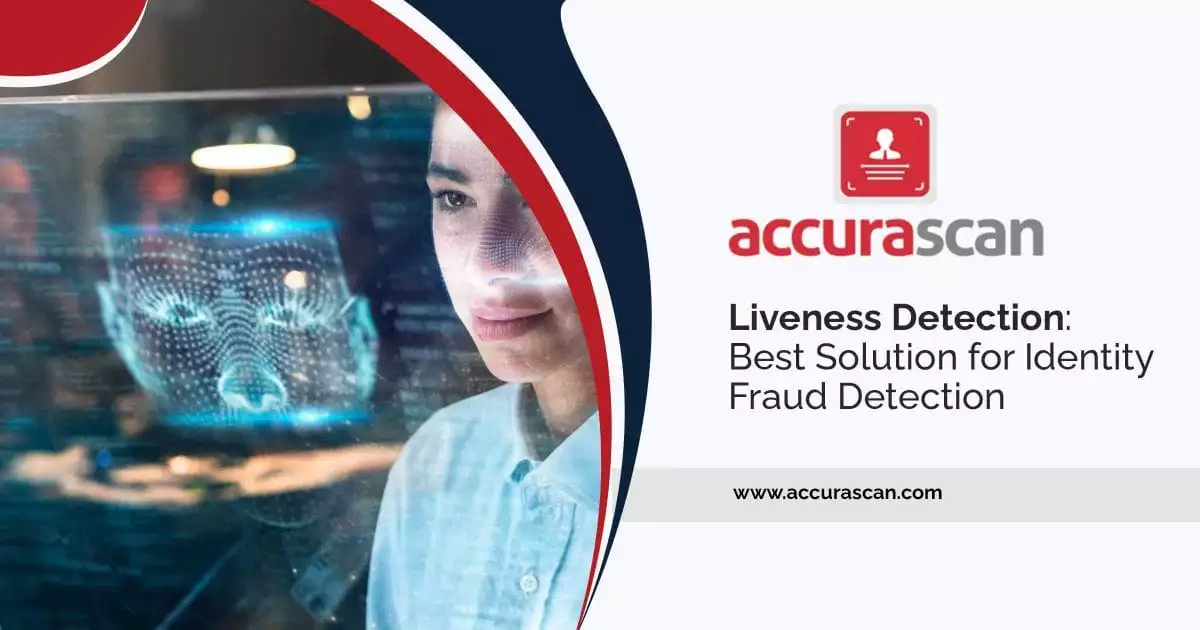Biometric technologies and their detection capabilities have come a long way. With the recent developments in AI and deep learning, these technologies have upgraded remarkably. There is a growing demand for digital KYC and improvised identity verification all around the world, and liveness detection has proved itself as the best technology against biometric spoofing.
Liveness detection is the need of the hour; with the significant rise of cybercrimes in recent times, this technology is designed to differentiate between a live person and a spoof act. The algorithm used in this technology analyzes data and verifies the credibility of the user.
The rise in awareness of identity verification and validation has given way to the success of liveness detection. One of the best tools to use against fraud detection, this technology has numerous incredible features.
Passive vs. Active detection
Two main approaches when it comes to detecting liveness are active and passive liveness detection.
Active liveness detection is when a user needs to participate in an activity or respond to a minor challenge presented by the system. These include blinking, smiling, nodding, speaking a series of specific words, etc. This method demands the attention of a user and thus takes time.
Passive liveness detection ranges from taking a selfie to recording a video of the user. In this approach, there is no action demanded from the user. Generally, passive methods are more immune to fraudulent activities.
Security and reliability
Even with a state-of-the-art identity verification system, there will always be spoofing and fraudulent activities. Among other such technologies, liveness detection stands a step higher – its robustness makes it a trustable authentication system. With a more accurate identity verification procedure, this technology makes it difficult for fraudsters to break through the security.
Presentation attacks and how liveness detection helps
When it comes to facial recognition, an image of the person or a pre-recorded video is enough to get through the security check. It doesn’t necessarily need the presence of the person. This feature has proved to be a sore disadvantage – it is easy to obtain an image of a person online, and this makes it easier for fraudsters to manipulate the system. These are known as presentation attacks. The development of technology has its downsides too, for anyone can access high-definition pictures and videos of several individuals on the internet. With the help of this data, a fraudster can easily trick a security system.
A liveness detection system can determine whether the provided sample is a living subject or just a replica of the former. It is done by detecting presentation attacks like deepfake, 3-D masks, and photo/video attacks. To detect a breach, the technology uses an algorithm that reads the characteristics and reactions of the biometric sample presented to it. Fraud detection becomes slightly easier with this excellent technology.
With Accura Scan, establish a rigid identity verification system that will safeguard your customers’ data and maintain the credibility of your business. By hiring our services, employ a liveness detection system that helps you with fraud detection. To get in touch with us you can visit our website or send in your request via email at connect@accurascan.com


























